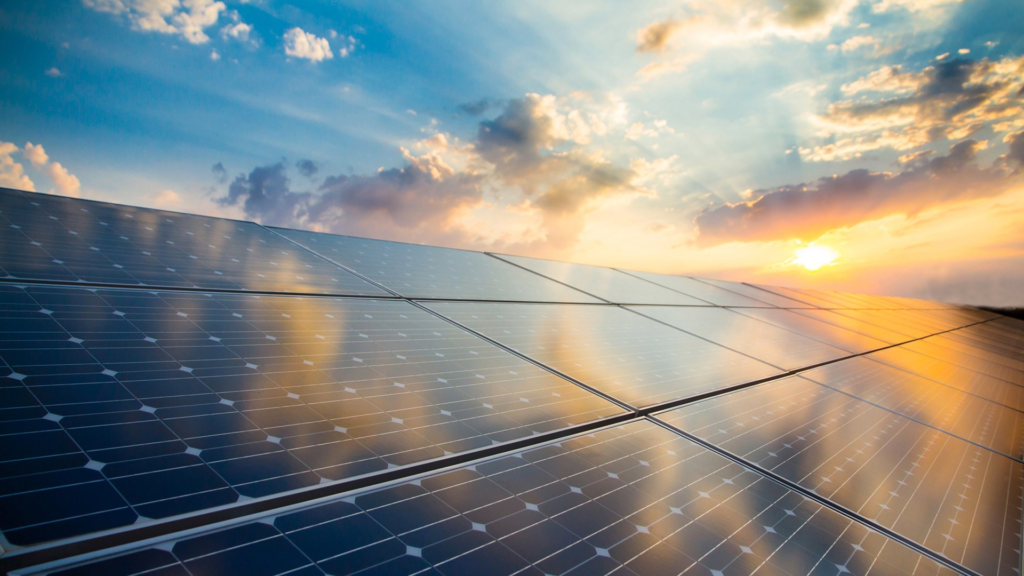- Seebeck | Peltier | Thomson | Joule effects
- Generate electricity thanks to chemistry
- Alternative solution: solar and photovoltaic panels
- Quiz
Alternative solutions: solar panel
During the 19th century, the possibility of using the energy of the sun to meet the energy needs of human society took place in the literature of Emile Zola.
Towards the end of the book, the narrator notes that the depletion of coal mines is an important problem in view of the ever greater need to produce electricity. This is how he envisions the possibility of capturing solar energy in order to make it a “universal engine”.

How does it works?
Solar energy is captured through modules (large rectangles) covered with silicon cells, a semiconductor material. The capture and transformation of solar energy takes place as follows:
- Photons (sunlight) strike the cells.
- They transmit their energy to the electrons contained in the panels.
- The electrons move and produce a direct electric current.
The inverter then converts the direct current into alternating current and makes it usable on the electrical grid or in a building.
Electricity can be used to power the household’s electrical appliances, sold to an electricity distributor or stored in a battery for later use in a building (for example, in winter, when there is no more sun).
Photovoltaic energy
The photovoltaic panel is composed of several photovoltaic cells. These are essentially silicon, which is the most abundant mineral chemical after oxygen in the Earth’s crust.
Photovoltaic cells thus capture solar rays and transform it into direct current. Thanks to a photovoltaic inverter, this direct current is then converted into alternating current.

Where can we install them?
Solar panels are traditionally installed on the roofs of houses or buildings. The efficiency of solar panels is optimized when the year-round sunshine is high and the roof:
- is facing due south;
- offers a tilt between 30 and 35 degrees;
- has no grey area.
- windows adjacent to the radiators
Depending on the size of the land and the energy requirements of the site, they can also be installed on ground supports. For example, it is possible to attach solar panels to a garden shed or to invest in a solar shade that can be used to protect a vehicle from the elements.
Further information on solar energy
Solar energy is clean and renewable. The Earth receives more than 10,000 times as much sunlight as humanity consumes. Indeed, the surface of the globe receives annual solar energy with a power ranging from 85 to 290 W/m21. And this energy is inexhaustible because it is sustained by the nuclear reactions that take place in the sun. Although the resource has always existed, its use is fairly recent in the history of humanity.
In fact, there are two types of panels: solar and photovoltaic panels.
A solar panel is installed when you want to enjoy hot water in your home. Sometimes it is also used for heating. In its mode of operation, this model uses solar radiation to convert it into heat. The panel captures heat from the sun and transmits it into the energy transporter (heat transfer fluid) which passes through tubes. The heat then goes into a heat exchanger. The heat exchanger heats the water and stores it in a tank.
A photovoltaic panel has solar-ray sensor cells called “photovoltaic”. The energy drawn from the rays will be converted into electrical current. The electricity produced is ready to use, but can also be stored in batteries. Photovoltaic solar panels are a true ecological solution for the production of electricity. They do not emit greenhouse gases and the materials used are recyclable.


